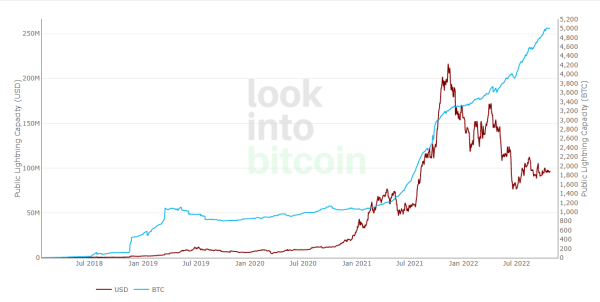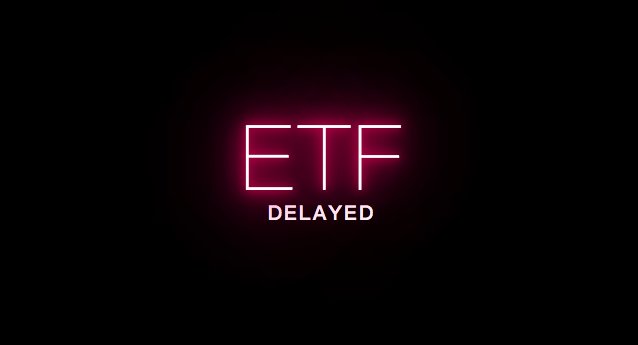
What is Ethereum
Ethereum – what is that?
This article only aims to explain the motivation behind Ethereum to beginners.
To understand Ethereum, it takes us a long time to look at the Internet. Right here in Germany is the club “Glasmann”.
Our personal and financial details and even our passwords are “in the cloud” – a flowery description for server farms of big companies like Facebook, Google or Amazon.
Not that I’m misunderstood: this structure of the Internet is not just bad. In particular, the centralized hosting services enable many people and small businesses to host good quality websites.
But with all the comfort and stability comes a flaw. There have been plenty of examples of unauthorized third parties gaining access to our data, or hosting service providers gaining more authority over their own data than one wishes.
Finally, it is also questionable whether the classic client-server model is a useful architecture in times of the Internet of Things. It is desirable, as the criticism by the Data Protection Officer at Amazon Echo shows, at least not.
The head behind the Apache Web server, Brian Behlendorf, has therefore found drastic words: The centralization of the Internet on huge server farms is the source of the Internet. The internet, according to Behlendorf, was originally designed as decentralized. The goal of decentralization is to be achieved again with various tools such as the Blockchain.
As the mention of Blockchain suggests, here we can turn to Ethereum. While Bitcoin wants to shake up the financial system, Ethereum wants to use blockchain technology to make mid-term Internet obsolete. With Ethereum, there will no longer be huge giants hosting data or monitoring contract fulfillment.
Ethereum – a decentralized computer thanks to intelligent contracts
Above all, Ethereum wants to become a kind of “decentralized computer” with which the existing client-server model should be decentralized.
In many blockcahins like Bitcoin or Ethereum, servers and clouds are being replaced by thousands of so-called “nodes” set up by volunteers. Classic, me. In the case of Bitcoin they play an important role in the maintenance of the payment network:
They examine and store each block in the blockchain and also examine the individual transactions processed by Ethereum’s own digital currency, Ether. In the world of Ethereum, one speaks less of a digital currency, but of “gas” or fuel, which is needed for the maintenance of the network.
At Ethereum, there are so-called “smart contracts” that make this network a decentralized computer. Smartcontracts are, as the name implies, smart contracts. Small programs that run on the ethereum network and can, for example, regulate the terms of Ethereum’s transaction. The nodes are therefore responsible for the execution of these contracts.
These smart contracts enable the development of so-called DApps – decentralized applications that are not just open source, but can be checked for proper operation during runtime. Instead of a glass person, the transparent, transparent program would be created.
With these DApps, the vision behind Ethereum can be explained as follows: Since everyone can operate a node, everyone has the same functionality and can thus offer services on the infrastructure.
Ethereum – the DApp store of the future
If we look at an App Store today, we can buy a variety of apps from action games to time management systems. These applications rely on the App Store for payment management so that it is held by third parties.
Finally, the developers of the apps rely on the favor of the App Store, various examples, for example, in the Apple Store, have shown that you can also be removed from the store here. Likewise, the choice of the end user depends on third parties such as Google or Apple. Finally, in the case of webapps, see Google Docs or Evernote, the generated content is ultimately in the hands of third parties.
With Ethereum, the data would be back in their own hands. Developers of DApps could offer these independently from an app store provider, they would not rely on the preselection of DApp selection and control of their own data would be in their own hands.
The idea is simple, that there is no entity that has control over your notes or other documents. Not only by law, but also by code, according to the vision, only the owner of these notes can control, change or delete them.
This means that controlling your own data, which used to be normal, is compatible with the simple, global manageability that we consider important today: every time you change your own files, add or delete them.
If this change did not appeal to individual nodes, it would not attract attention because these out-of-line dancers would either leave the network (since they had created their own version of the blockchain) or adapt.
The introduction of the Internet of Things was introduced. The Internet of Things requires meaningful communication between devices, often referred to as ma.
Share:
Previous PostWhat is the Blockchain



